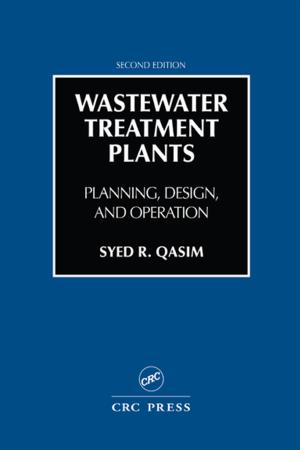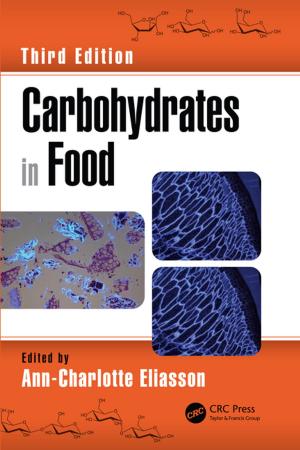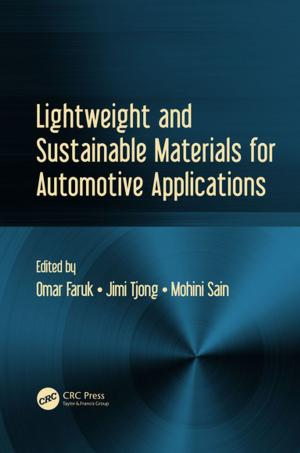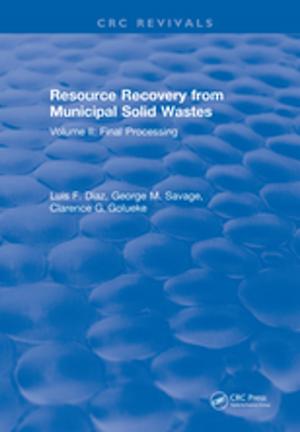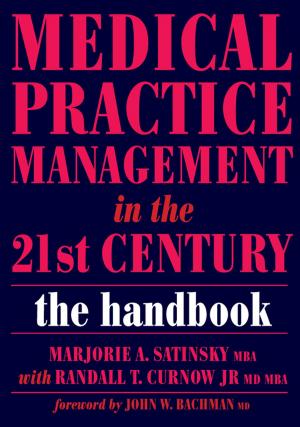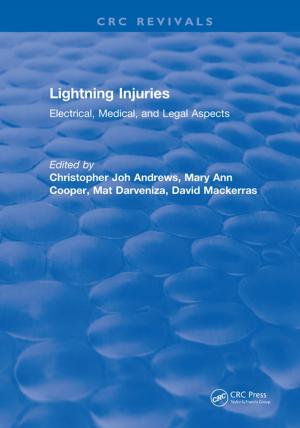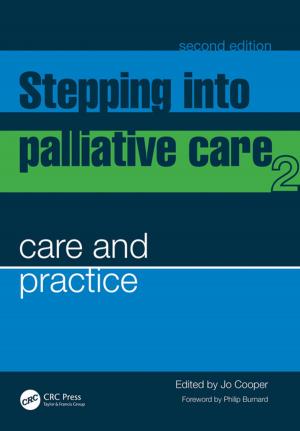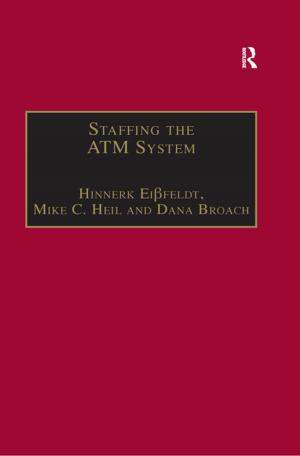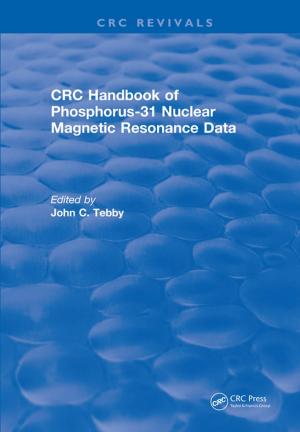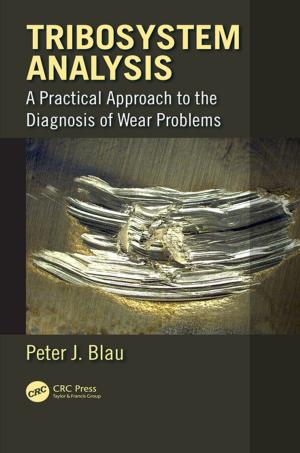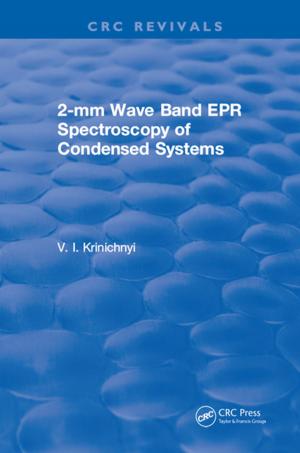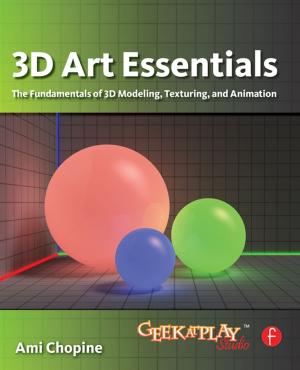Low Head Hydropower for Local Energy Solutions
Nonfiction, Science & Nature, Technology, Engineering, Environmental, Civil, Science, Biological Sciences, Environmental Science| Author: | Pradeep Narrain | ISBN: | 9781351182706 |
| Publisher: | CRC Press | Publication: | November 14, 2017 |
| Imprint: | CRC Press | Language: | English |
| Author: | Pradeep Narrain |
| ISBN: | 9781351182706 |
| Publisher: | CRC Press |
| Publication: | November 14, 2017 |
| Imprint: | CRC Press |
| Language: | English |
The role of small hydropower is becoming increasingly important on a global level. Increasing energy demand and environmental awareness has further triggered research and development into sustainable low-cost technologies. In developing countries, particularly in rural areas, the possibility of local power generation could considerably improve living conditions. With this in mind, the development of a next generation low-head hydropower machines was subject of investigation in the EU-project HYLOW. Being part of the research lines of that project, this thesis presents a numerical modelling approach to improve the design of machines like water wheels for increased hydraulic efficiency. Nowadays, Computational Fluid Dynamics (CFD) enables numerical models to be quite accurate and incorporate physical complexities like free surfaces and rotating machines. The results of the CFD simulations carried out in this research show that a change in blade geometry can result in higher torque levels, thereby increasing performance. Numerical simulations also enabled to determine the optimal wheel-width to channel-width ratio and further improve performance by modifying the channel bed conditions upstream and downstream of the water wheel. With a power rating in the low kilowatt range, low-head hydropower machines like optimised water wheels seem to have a clear potential for small-scale energy generation, thereby contributing to achieving the Sustainable Development Goals by providing local energy solutions.
The role of small hydropower is becoming increasingly important on a global level. Increasing energy demand and environmental awareness has further triggered research and development into sustainable low-cost technologies. In developing countries, particularly in rural areas, the possibility of local power generation could considerably improve living conditions. With this in mind, the development of a next generation low-head hydropower machines was subject of investigation in the EU-project HYLOW. Being part of the research lines of that project, this thesis presents a numerical modelling approach to improve the design of machines like water wheels for increased hydraulic efficiency. Nowadays, Computational Fluid Dynamics (CFD) enables numerical models to be quite accurate and incorporate physical complexities like free surfaces and rotating machines. The results of the CFD simulations carried out in this research show that a change in blade geometry can result in higher torque levels, thereby increasing performance. Numerical simulations also enabled to determine the optimal wheel-width to channel-width ratio and further improve performance by modifying the channel bed conditions upstream and downstream of the water wheel. With a power rating in the low kilowatt range, low-head hydropower machines like optimised water wheels seem to have a clear potential for small-scale energy generation, thereby contributing to achieving the Sustainable Development Goals by providing local energy solutions.

